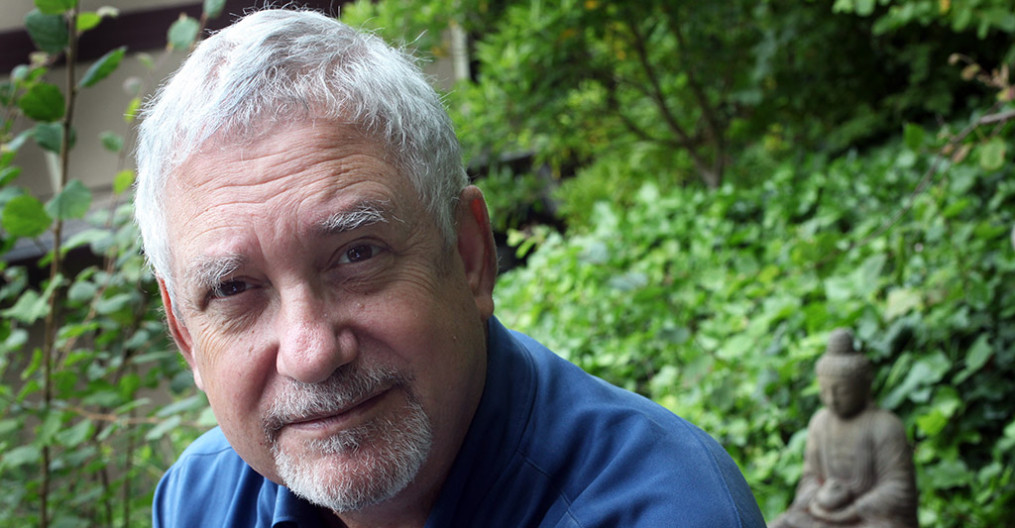Here’s a fact you may not know: Americans eat 50 billion hamburgers a year. That’s billion, not million. That comes to about 3.5 a week for every individual, or somewhat more if you exclude very young children (and maybe we shouldn’t, children love hamburgers). Do you eat 3 hamburgers a week? I don’t. Some other Americans must be eating our hamburgers to make the average work. In fact, it may be that, excluding people who don’t eat hamburgers, the weekly average of people who do is closer to 4 or even 5. Worldwide, annual hamburger consumption is 130 billion. These are numbers worth pondering.
There’s been a lot written recently about how much beef cattle, along with the irrigated fields needed to feed them and the methane their digestion produces, contribute to global warming and drought. That seems like an abstract fact, one of many mind-numbing statistics about our warming planet. But when you connect beef production to hamburger consumption, it suddenly becomes personal. Each hamburger we eat warms the globe and uses water and fertilizer. Here’s a rhetorical question: if everyone on earth stopped eating beef hamburgers, or ate a hamburger made of something other than beef, how much would that reduce the world’s carbon footprint? Do we need to eat beef hamburgers? Must we eat them? We could eat ground bison instead, or pork–even lamb or goat, which require much less resources to raise; we don’t all have to become vegans or eat portabello burgers. In some parts of the world sheep and goats are the meat staples, not beef. Yet people like beef hamburgers. They taste good and they’re what people are used to.
Let’s shift gears for a moment and talk about lawns. Lawns take a tremendous amount of water, fertilizer, and pesticide to keep green and weed-free. Americans cherish their lawns, and nice green lawns are symbols of comfortable surburban life. But people didn’t used to have lawns, especially not those who live on farms or in the big city. Lawns are an artifact, probably, of post-war prosperity in the 1950s and the design of suburbia. A lawn isn’t one of life’s necessities. I read an article recently about many attractive alternatives to lawns, using native plants and grasses that use 90% less water; one example is violet, an attractive ground cover. I live in a planned community of detached dwellings that don’t have lawns. When these houses were built, in the 1980s, the forward-thinking architects created front yards fenced as internal courtyards, European style. Most people who live here, including us, have gardens of flowers or stone in our front yard, not lawns. In contrast, there is a nearby planned community, built in the 1960s, that is essentially one big lawn; each house has its own lawn, and all the common areas are lawns. That community has large mowing machines that seem to be constantly running.
Finally let’s look at golf. Golf courses are expanses of beautifully manicured green lawns. The UN reports that golf courses worldwide require 2.5 billion gallons a day—almost a trillion gallons a year. But golf wasn’t always that way. The game of golf doesn’t require lawns. Originally, golf was played on a natural landscape; St. Andrews golf course in Scotland is still that way—a so-called “links” style golf course. We used to visit Palm Desert, a desert community in Southern California and a mecca for golf enthusiasts. The landscape, seen from the air, is arid and rocky, except for occasional swaths of brilliant green—golf courses. There is no water to speak of in Southern California; the Southwest is in the midst of a 1,200 year drought. And yet those golf courses remain irrigated and tended, I’m sure. There are places—Saudi Arabia and Australia, for example—where golf courses are constructed from raked earth, or oil and sand. So there are alternatives, though it is hard to imagine those taking root in America.
Put all this together and what do you have? The all-to-human fact that habits and customs, once established, are very hard to change—even when there are numerous viable alternatives. I’m not saying people have to give up these things, just change how they are done. It could be accomplished. But people love their hamburgers, their lawns, their green golf courses. They don’t want to change. If you were to pressure them to change, they might be very unhappy with you. You can say this is human nature, but throughout history change does happen—though usually only under great duress. Meantime, this is how we are, prisoners of our habits as the world warms and the water vanishes.

It all boils down to this. We can eat a lot less hamburgers and stop growing lawns or we can wait until we are all unbearably hot and then change. The choice is ours.
Thank you for this great blog post! It’s very important that we rethink how we live our lives and that we question what we take to be an unchanging “normal” which tends to border on entitlement. And there are many things we could add to this list!
Hello from Ballarat in Australia
My first read of your blog and must say it’s very very good.,
69 years of age .. cancer diagnosis.. navigating the journey we all experience when we get an attention getting diagnosis..
I’m in the process of getting to know you via your writing.. also I share a musical background too
Many thanks for sharing your words again
Regards Neal Jones